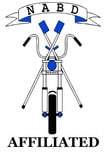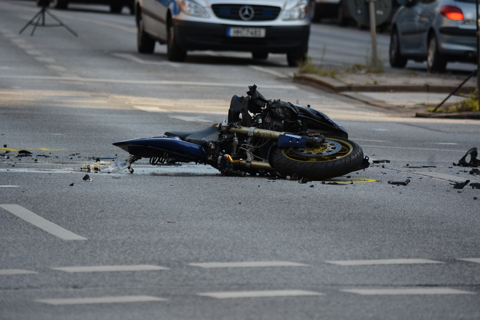Road safety charity the IAM is offering tips from Britain’s top advanced driver, Peter Rodger.
Rodger said: "If the weather is really bad, consider whether you could postpone your journey until it settles down."
Following severe weather warnings of storms over the coming weekend, the IAM is advising on how to drive in windy weather.
• Plan your journey – is there a route with less exposure to the weather and less risk of fallen trees? Choose a sheltered route if you have the option.
• Strong winds are not constant, they are usually gusty so ensure you hold the steering wheel firmly.
• Overtaking high sided vehicles or driving past buildings can result in a sudden gust from the side as you clear.
• Give cyclists, motorcyclists, lorries and buses more room than usual. They get blown around by side winds easily. Even pedestrians can be blown about.
• Watch trees and bushes on the roadside - their branches can show you how strong the wind is. Look well ahead, that way you don’t need to take your eye off the road and you can see any windy patches before you get to them.
• Go slow enough to cope with the gusts. Wind can get under a car and reduce its handling and braking significantly.
• Keep an eye on what is happening to other vehicles – where they are affected will give you a pre warning.
• Go slowly enough to cope with the tree that has fallen right across the road, just round the bend where you can’t see it.
• Be careful of debris, try and have space beside you in case you need to dodge it.
www.iam.org.uk
Article first posted 25th Oct 2013




